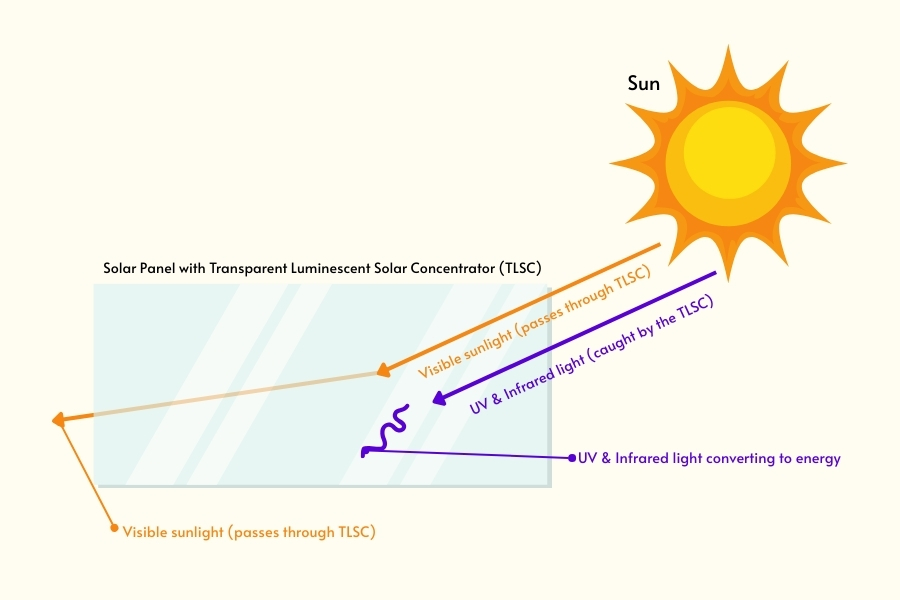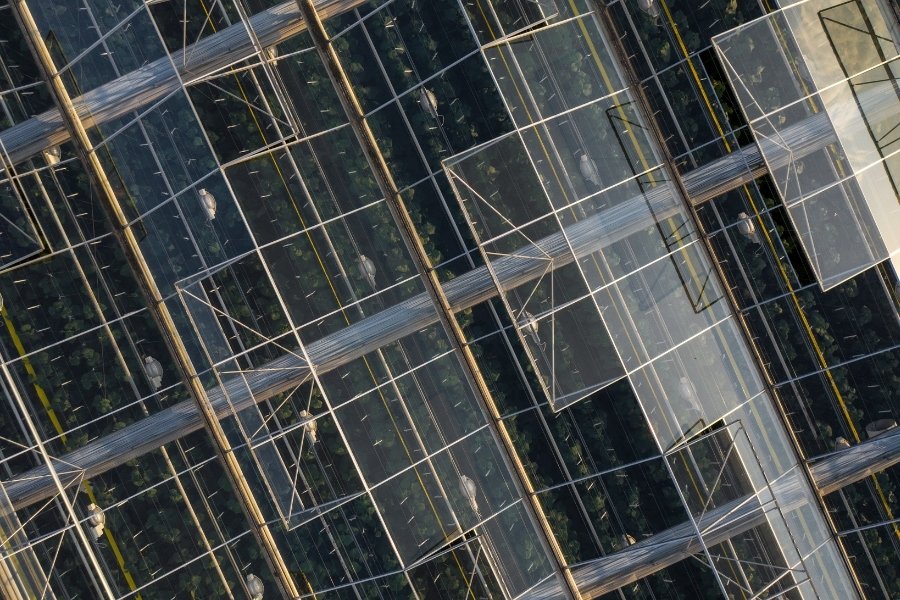Transparent solar panels are changing the way we think (and look!) at clean energy. At first glance, it seems impossible: how can a solar panel let light through and still produce electricity? This clear technology, however, is opening doors for solar energy installation services in homes, offices, and public spaces.
Gone are the days when people could only install traditional solar panels. Now, we can get more creative with the ways that we use these clear solar panels! The real questions are: how do they work, are they as good as traditional panels, and is there a stable future with them? These are the questions we’ll answer right here!
How Do Clear Solar Panels Work?
Transparent solar panels do exist, and they work differently from traditional panels. Normally, solar cells need to absorb sunlight to produce electricity. If the panel is completely see-through, then light would pass right through, leaving nothing for energy production!
But these panels are actually playing a neat trick on us. The secret is that these panels capture parts of sunlight that we can’t see, like ultraviolet (UV) and infrared (IR) light, while letting visible light pass through. This means your windows can still look clear while generating power. Scientists achieve this using a technology called a transparent luminescent solar concentrator (TLSC). Think of it like a light-catching film on the glass that directs invisible light to small solar cells at the edges, producing electricity without blocking your view.

Are Transparent Solar Panels as Efficient as Traditional Solar Panels?
As you probably predicted, see through solar panels are less efficient than standard panels. On average, TLSC systems convert around 5 to 10% of sunlight into electricity, compared to the 15 to 22% for conventional panels. The main reason is simple: because part of the sunlight must remain visible for transparency, there’s less energy available for conversion.
Another factor is surface area. Traditional panels cover the full roof or space with active solar cells, while transparent panels only have small strips or edges collecting energy. Despite being less efficient, they offer a unique balance between aesthetics and energy generation, making them valuable in situations where traditional panels aren’t practical.
| Feature | Transparent Solar Panels | Traditional Solar Panels |
|---|---|---|
| Energy Conversion Efficiency | 5 to 10% | 15 to 22% |
| Light Transmission | Allows visible light through | Blocks most light |
| Appearance | Clear or tinted glass | Opaque, solid panels |
| Installation Areas | Windows, skylights, facades | Roofs, open spaces |
| Flexibility | Can be integrated into buildings creatively | Mostly limited to rooftops |
| Power Output per Area | Lower | Higher |
Advantages of Transparent Solar Panels
Clear solar panels offer unique benefits that go beyond energy production. They’re especially appealing for anyone who wants to combine clean energy with design and comfort.
- Aesthetic appeal: If you’re the type to complain about the look of solar panels, there’s no excuse now! These clear panels blend seamlessly into windows and glass facades without blocking the view.
- Dual-purpose use: See-through panels act as energy generators while serving as normal windows too!
- Urban-friendly: Perfect for apartments, offices, or skyscrapers where roof space is limited.
- Daylight retention: These panels still let natural light in, reducing the need for interior lighting.
Overall, these advantages make see-through solar panels an attractive choice for spaces where design, light, and function all matter.
Disadvantages of Transparent Solar Panels
While transparent solar panels are innovative, they also come with some limitations that buyers should consider.
- Lower energy output: Produces less electricity than traditional panels.
- Higher cost per watt: Being newer technology, they can be more expensive.
- Limited availability: Not yet as widely accessible as standard panels.
- Durability questions: Some newer materials may not last as long as conventional solar panels.
Despite these drawbacks, clear solar panels can still be worthwhile in certain applications!
Best Uses of Clear Solar Panels
See through solar panels are most effective in settings where you want energy generation without sacrificing light or design. Some examples include:
- Office or apartment windows in cities with limited rooftop space.
- Skylights and atriums where natural light is important but energy can still be captured.
- Bus stops, greenhouses, or public spaces with glass roofs.
- Integration into building facades for a modern, sustainable design.
By choosing the right application, clear solar panels can provide both clean energy and practical, eye-catching solutions for urban and commercial spaces.

Real-Life Applications of Transparent Solar
While there aren’t any known installations of transparent solar panels in New York yet, this innovative technology is already being used in other parts of the United States and around the world. Here are some locations where you can see them in action.
Michigan State University
Michigan State University (MSU) has installed clear solar panels at its Biomedical and Physical Sciences Building. These panels, covering 100 square feet above the building’s entryway, generate enough electricity to power the atrium’s lighting. The technology allows visible light to pass through while capturing ultraviolet and near-infrared light to produce energy.
Ubiquitous Energy Headquarters
Ubiquitous Energy, a California-based startup, has developed transparent solar cells that can be applied to glass surfaces, turning them into energy-generating windows. Their ClearView Power technology has been installed at their headquarters in Redwood City, California, and at the NSG Pilkington Facility in Northwood, Ohio.
Transparent Solar Windows all over the U.S.
Clear solar windows, also known as smart glass or photovoltaic glass, are installed in various buildings across the United States. These windows capture ultraviolet and infrared light while allowing visible light to pass through, perfectly turning glass surfaces into power generators.

Making a CLEAR Choice
While transparent solar panels aren’t a replacement for traditional panels yet, they offer a fascinating way to blend aesthetics with clean energy. Their innovative design makes them an exciting glimpse into the future of solar technology!
